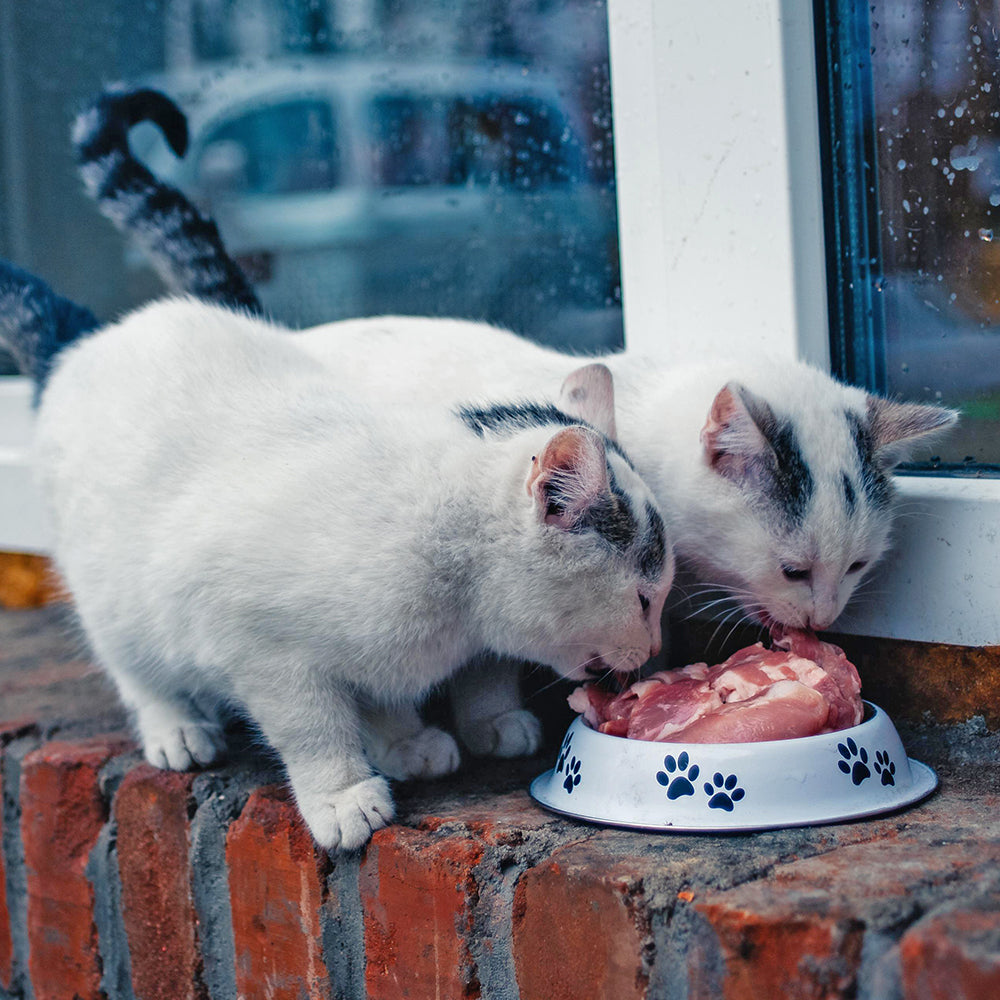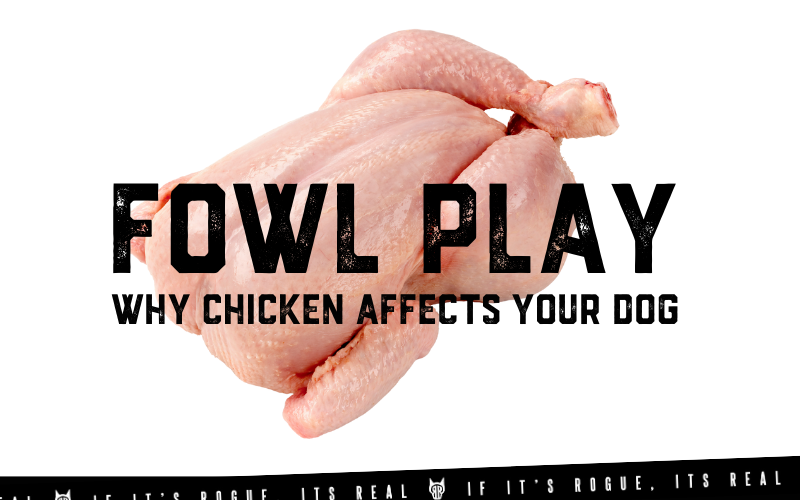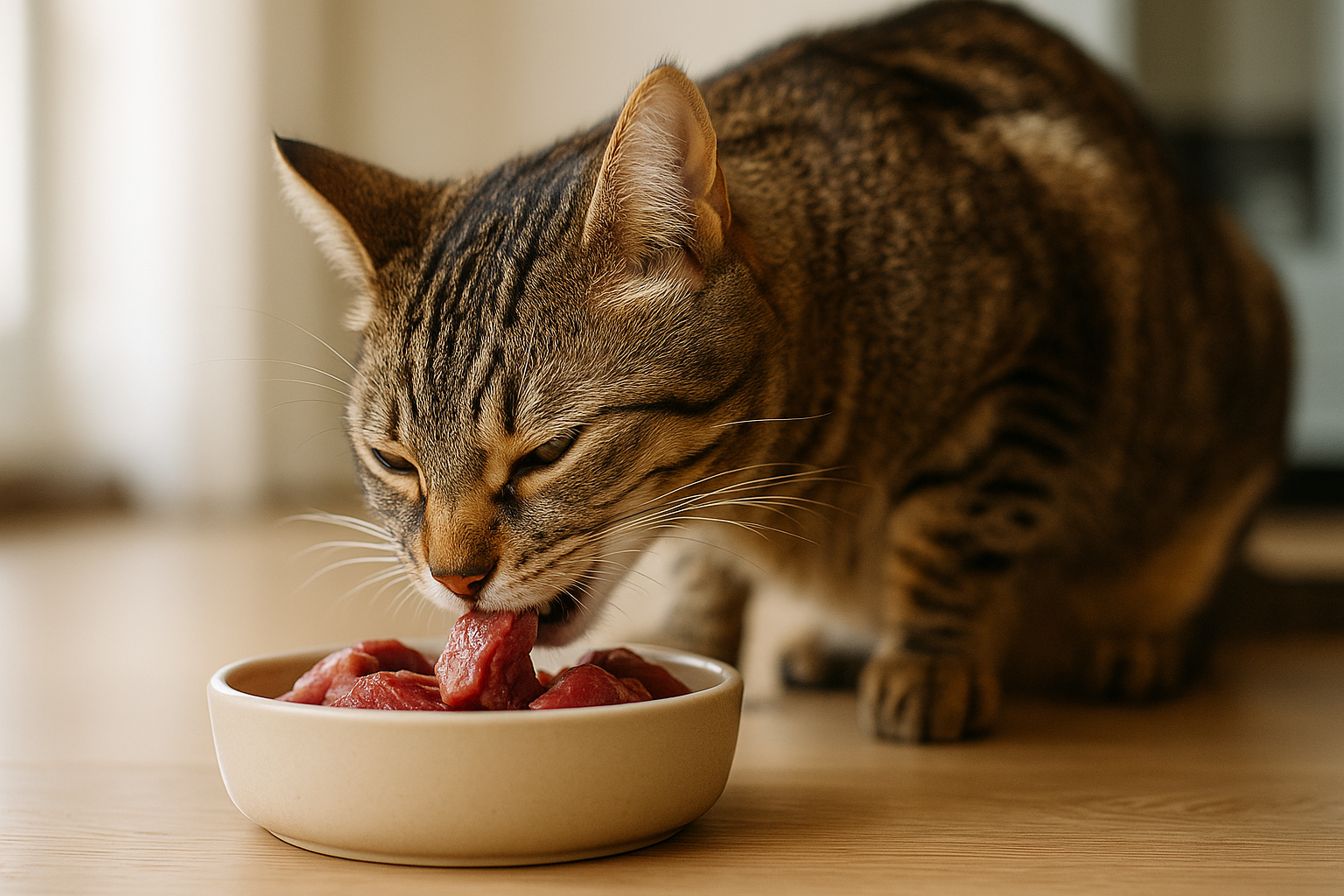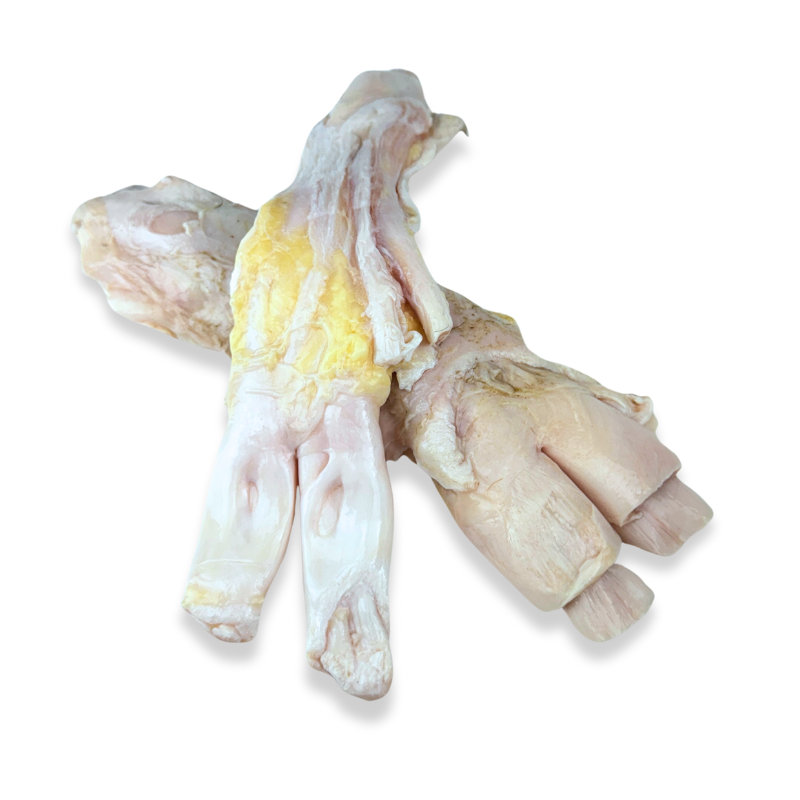
Cats, our enigmatic and beloved companions who often possess an air of mystery about them, there's no denying their unique charm. But when it comes to their dietary habits, the intrigue deepens. This article uncovers the secrets of feline feeding, exploring their dental anatomy, natural diet, and unique nutritional needs. Between 50-90% of adult cats have some form of dental disease and understanding how their diet plays a part on this is very important for their health and wellbeing.
Table of Content:
Understanding Feline Dental Anatomy:
To comprehend how cats process their food, it's essential to delve into their dental anatomy. Unlike humans, who possess flat molars for grinding, and sharp incisors for cutting, cats have specialized teeth designed for their carnivorous lifestyle. Their sharp, pointed teeth, including incisors, canines, and carnassial teeth, are optimized for gripping, tearing, and shearing flesh. This adaptation reflects their evolutionary history as obligate carnivores, animals that rely solely on meat for sustenance.
Do Cats Masticate Their Food?
The concept of mastication, or chewing, is central to our understanding of how animals process their food. While humans thoroughly chew their meals to facilitate digestion, cats have a different approach. Rather than engaging in extensive mastication, cats rely on their specialized dental structure to tear and shear their prey into manageable pieces. This process, known as "occluding," involves the repetitive sliding of their sharp teeth against each other to slice through flesh and tendon. Consequently, cats are more aptly described as "masticating" rather than engaging in true chewing.
The Best Natural Diet for Feline Health:
Understanding cats' natural dietary requirements is paramount for ensuring their optimal health and well-being. As obligate carnivores, cats thrive on a diet rich in animal protein and fat, mirroring the composition of their ancestral prey. A balanced diet for cats should primarily consist of high-quality meat, supplemented with essential nutrients like taurine, vitamins, and minerals. Raw meat, organs, and bones closely mimic the nutritional profile of their natural diet, promoting digestive health, muscle maintenance, and overall vitality.
Differences Between Cats and Dogs:
While cats and dogs are both beloved pets, their dietary needs differ significantly due to their evolutionary backgrounds. Dogs, while also carnivores, have adapted to a more omnivorous diet over time, allowing them to derive some nutrients from a variety of sources, including grains and vegetables. In contrast, cats lack certain digestive enzymes necessary for breaking down plant matter efficiently, making a meat-based diet essential for meeting their nutritional requirements. Additionally, cats have higher protein and fat needs compared to dogs, reflecting their unique metabolic demands as obligate carnivores.
Conclusion:
In the realm of feline nutrition, understanding the intricacies of cats' dietary habits is crucial for providing them with the best possible care. While cats may not chew their food in the same way humans do, their specialized dental anatomy and feeding behaviors are finely tuned to their carnivorous nature. By offering a diet rich in high-quality meat and nutrients, cat owners can support their feline companions' digestive health, dental hygiene, and overall vitality. Remember, when it comes to feeding your feline friend, honoring their carnivorous heritage is key to unlocking the secrets of optimal feline nutrition.



